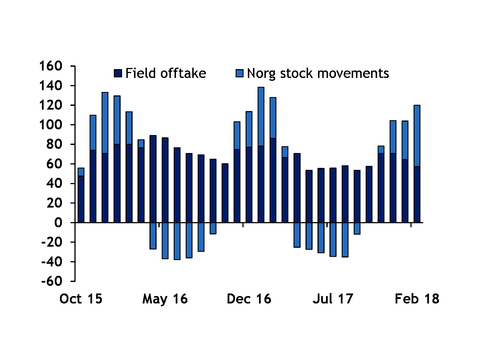Dutch system operator GTS and producer Nam are investigating the possibility of filling the Norg storage site with converted low-calorie gas from 2022.
This could coincide with the construction of a new nitrogen ballasting facility by 1 October 2022 at the latest, which would allow for an additional 7bn m³/yr to be converted into low-calorie gas from high-calorie supply. But this may depend on whether the site comes on line earlier than the 1 October deadline.
The new quality conversion site as an additional means to fill Norg in the summer months could allow for further cuts to Groningen field offtake from 2022, GTS said. The Dutch government plans to sharply reduce field offtake to 12bn m³ by the start of the 2022-23 gas year.
Norg injections had to be directly from the field in the past two years, as part of the site's leaning process.
GTS had said in October 2015 that Groningen gas injections into Norg could be substituted with converted gas as soon as the 2018 summer. The operator did not comment today on whether converted gas could still be used this summer to fill the site.
Using converted gas may only enable a small reduction in summer output for sale. GTS previously said that using converted gas would only cut field offtake by 0.5bn m³/yr.
And the pipeline from the GTS system to Norg can only deliver 4bn m³ over the summer, below the facility's 5bn m³ capacity. This could result in gas being delivered directly from Groningen for part of the summer and converted gas from the GTS system being used later.
Nam has applied to raise Norg's working capacity to 5.9bn m³. Economy minister Eric Wiebes did not comment on this possibility today, after it was put on hold in late February.



